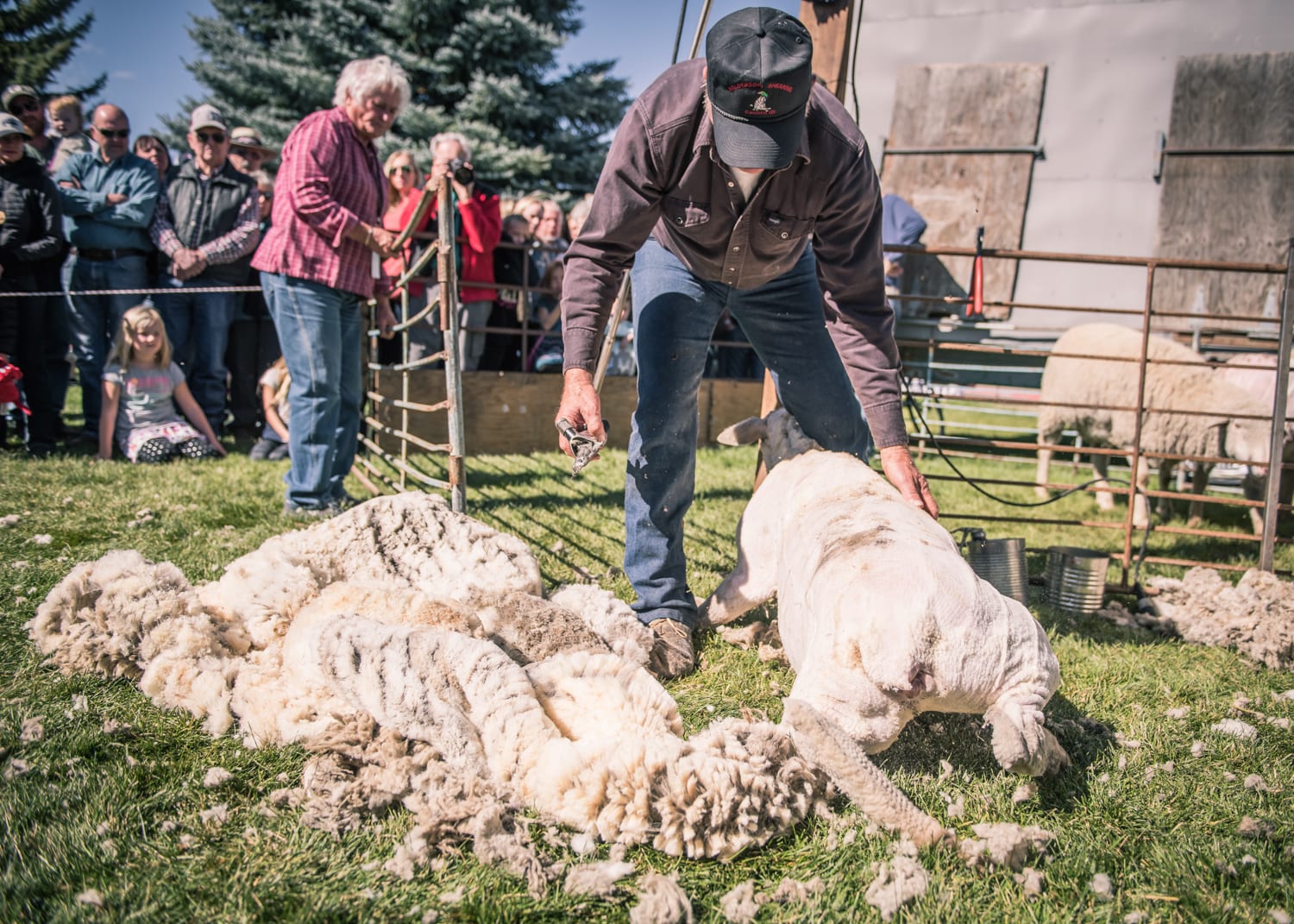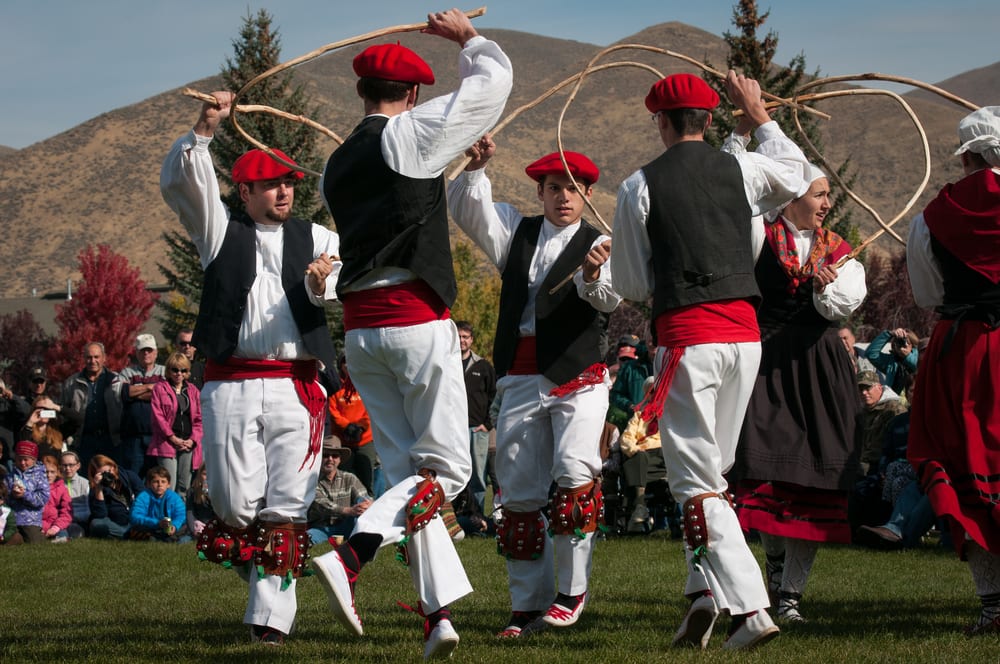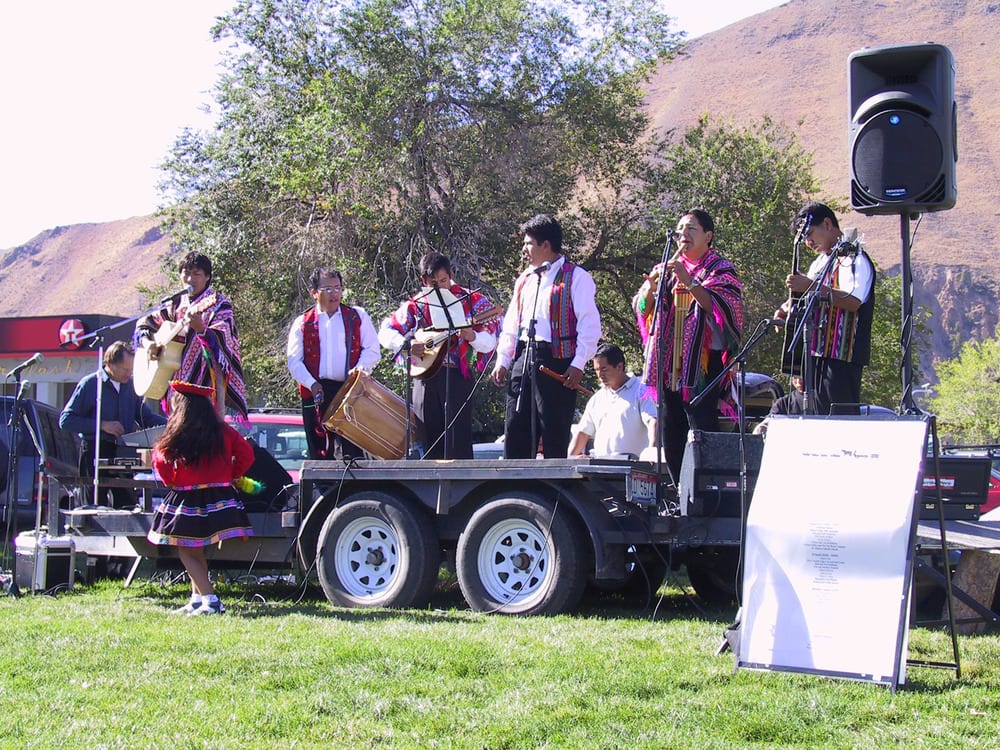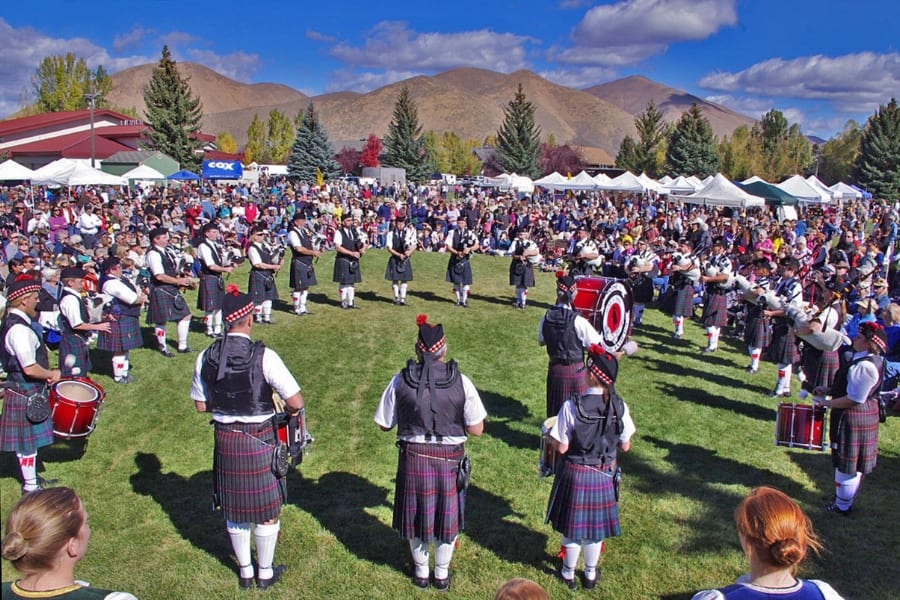Folklife Fair
Saturday, October 10, 2026
10:00am - 4:00pm
Roberta McKercher Park, Hailey
FREE!
The popular and authentic Sheep Folklife Fair provides a full day of things to see, hear and do for all ages! Demonstrations of sheep shearing, displays of sheep wagons, Kids’ Fluff crafts, spinning and weaving demonstrations by artisans, music and dancing by traditional performers, great food and beverages, and over 80 vendors selling their unique art and crafts will be featured.
Event Resources
*No applications accepted until January 2026.
Additional Information
Craft Vendors - 10:00am - 4:00pm - Our juried show selects the best of vendors who fill over 100 spaces with a vast assortment of handmade items all related to the sheep industry.
Kids’ Fluff - 10:00am - 4:00pm - Visit the Kids’ Fluff booths for fun crafts and activities for the child in all of us!
Presentations and Displays (throughout the day!) - Enjoy visiting the authentic sheep camps on display as well as booths and exhibits from the Idaho Rangeland Resources Commission, Idaho Wool Growers and the Western Landowners Alliance. In addition, don’t miss “Curly” and “Cooper” on leash from Hailey, Idaho’s Sky Ranch Miniature Horse & Donkey Rescue.
Sheep Shearing Demonstrations - 10:00am - 3:30pm - Taking place every half hour, this great family activity gives all a chance to watch sheep being sheared “up close and personal.”
Music - 10:30am - 4:00pm - Featured in the stage area, each cultural group performs twice in rotation so stay a few hours and you will hear them all!
Lamb Fest -11:00am - 4:00pm (or until the food runs out!) - Choose scrumptious lamb dishes and other lunch treats created by top chefs and local restaurants. And, quench your thirst at our bars.
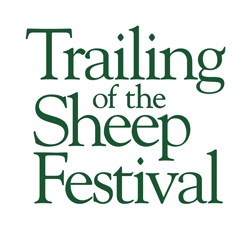
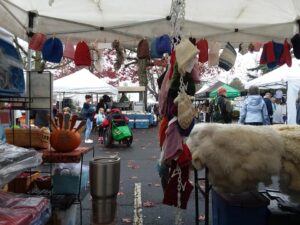 Over 80 vendors offer handmade items made of wool, wool blends or items related to sheep such as: soaps and lotions from lanolin, sheep cheeses, and items that augment cooking with lamb. Great photography, quilts, and kitchen ware of sheep and ranch life, jewelry with sheep designs, knitting bowl pottery and items of the Basque and other cultures are also offered at the day-long Fair.
Over 80 vendors offer handmade items made of wool, wool blends or items related to sheep such as: soaps and lotions from lanolin, sheep cheeses, and items that augment cooking with lamb. Great photography, quilts, and kitchen ware of sheep and ranch life, jewelry with sheep designs, knitting bowl pottery and items of the Basque and other cultures are also offered at the day-long Fair.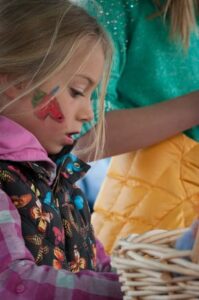 Visit the Kids' Fluff booths for fun crafts where children can explore fiber arts at their own level. Local community teens will guide children through activities sure to bring lots of fun!
Visit the Kids' Fluff booths for fun crafts where children can explore fiber arts at their own level. Local community teens will guide children through activities sure to bring lots of fun!